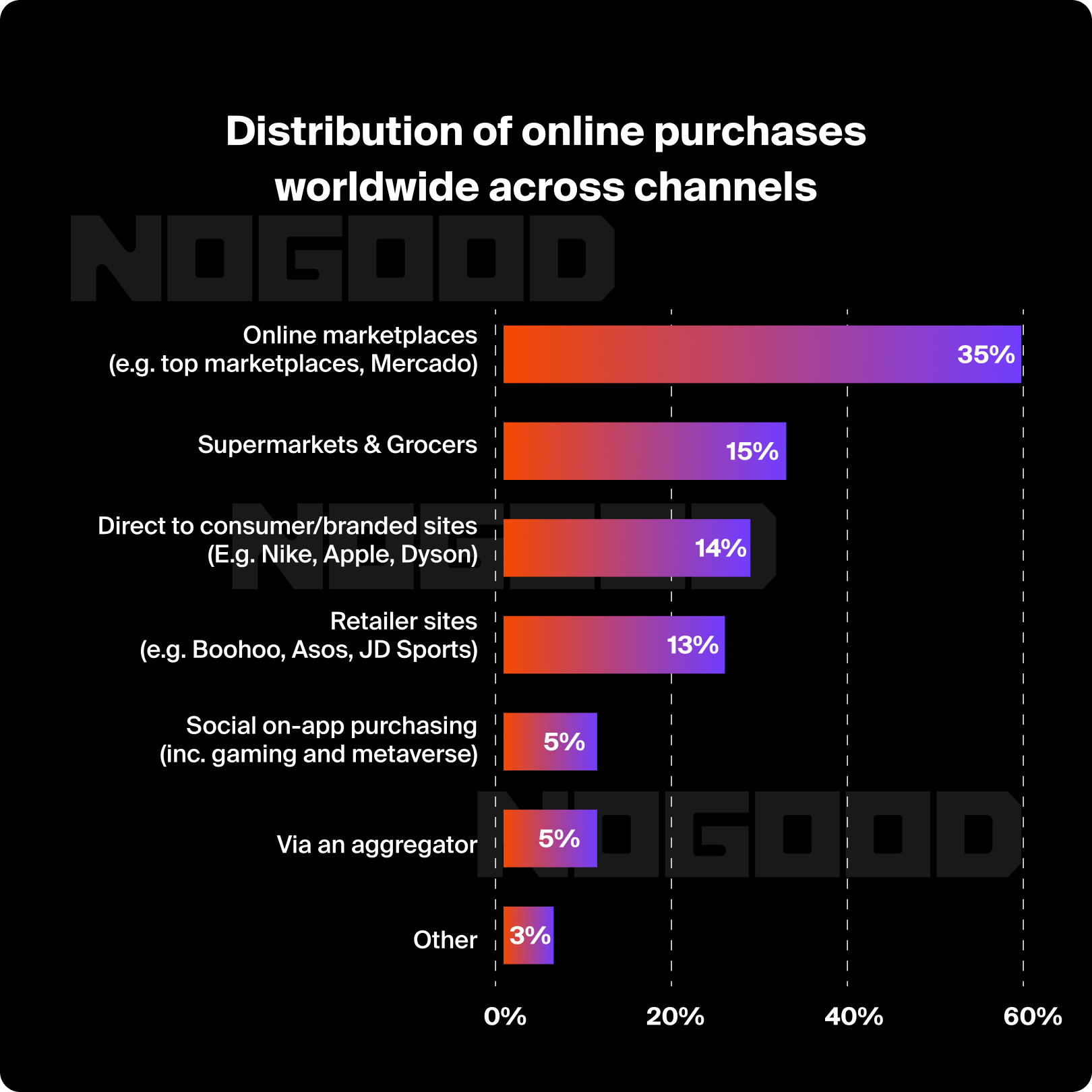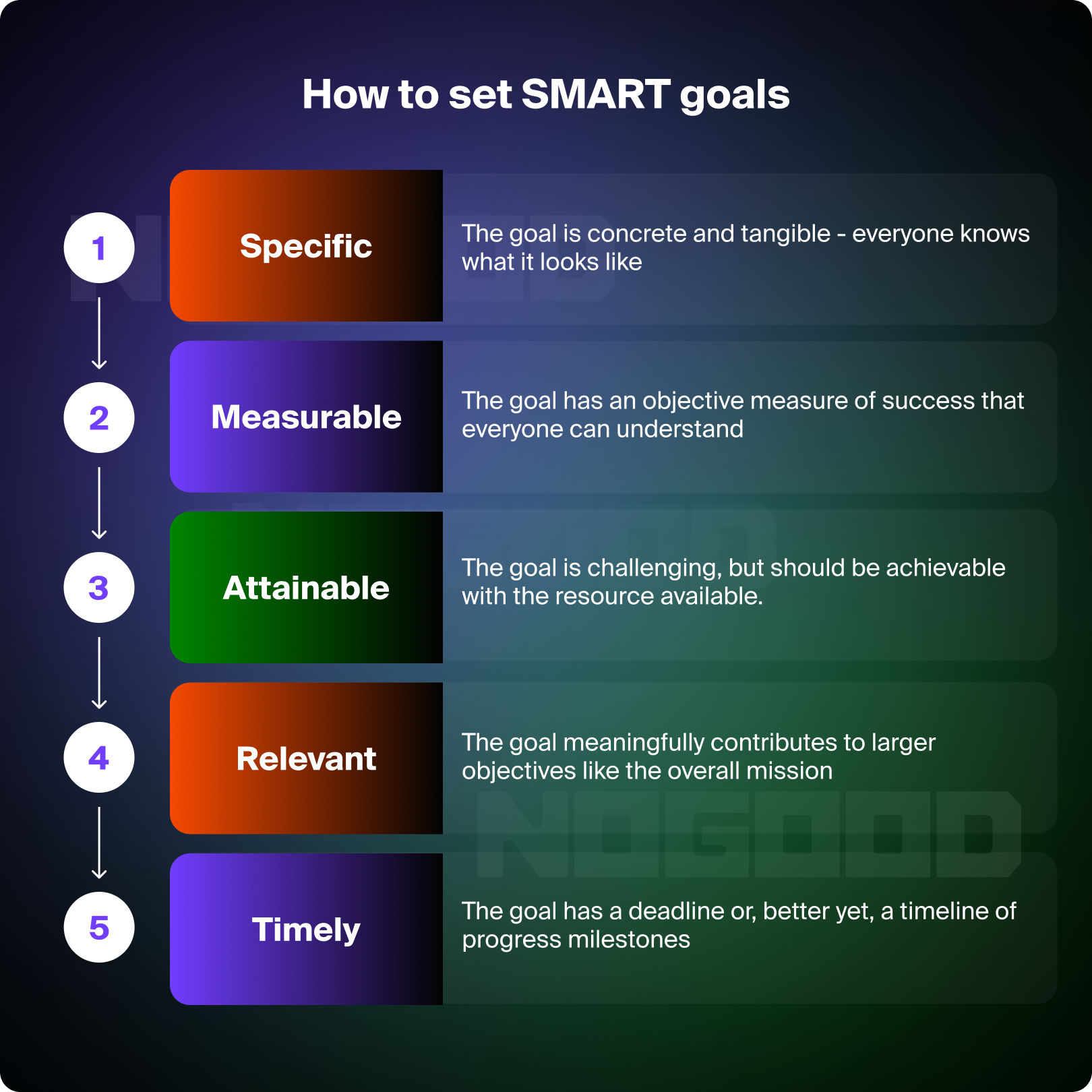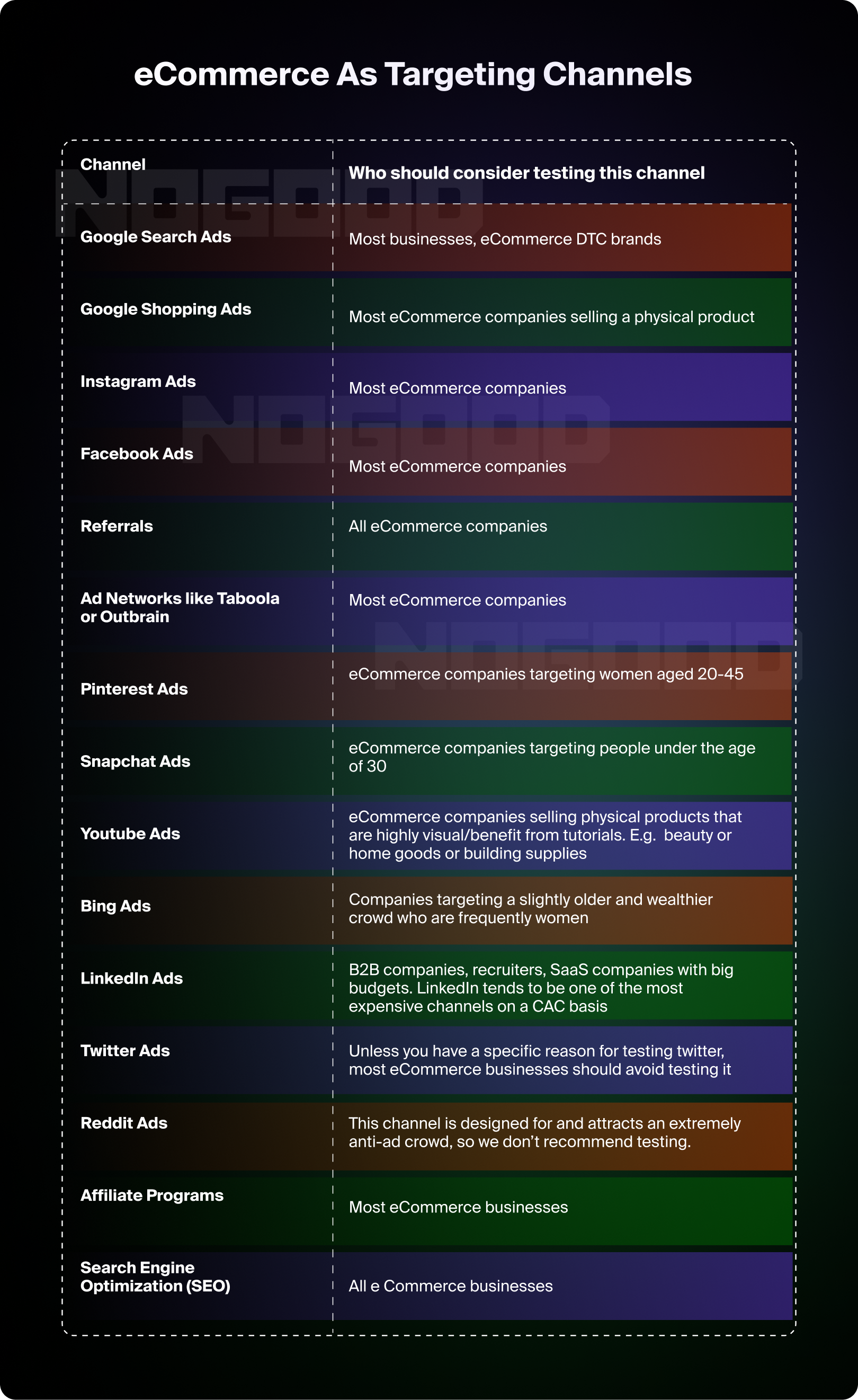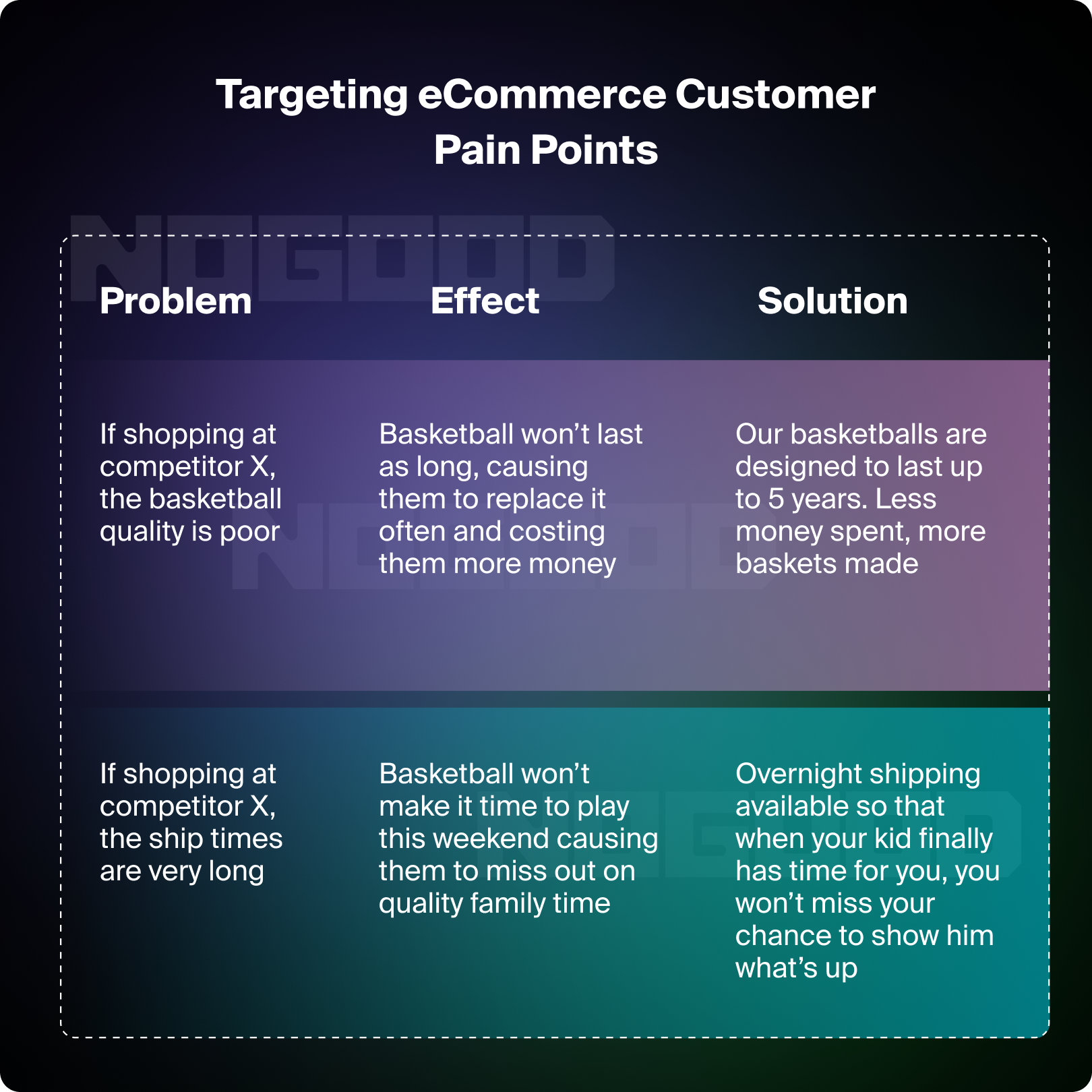As a marketer, you know the DTC and eCommerce space is difficult. Ads are getting more and more expensive. Customer acquisition costs are rising and the unit economics are not looking so good. However, you still need to be sure to set aside a respectable portion of your budget for new opportunities while still investing a more sizable amount on proven tactics and techniques.
There will continue to be a slew of product upgrades and platforms that hit the market, so it’s important to stay focused and calculated on marketing strategies. Performance Marketing will leverage tactics to understand the how, when, why, and where for all of your marketing efforts.
Performance Marketing for eCommerce
Performance marketing for eCommerce is using strategic digital advertising tactics to drive online sales. It is especially critical to use performance marketing strategies because the customer is already online. This means that the barrier to get them to click over to your site is greatly decreased.
You can then leverage the data to determine where and when your customers are hanging out online and how to effectively reach them. For example, if your eCommerce business sells basketballs and you know that your target customer is in their 20’s, lives in the US, is a frequent online shopper, and is part of a basketball league – you could set up Facebook ads to target them specifically. From this, you can determine other attributes shared by customers who purchase and then optimize your ads to get even closer to the people you know will convert to customers.
A DNVB (digitally native vertical brand) cannot go without this type of performance marketing because they sell online. Their customers are online, their brand is online, and their marketing should be as well. To be successful, you need to target your customers where they are already shopping.
So where are they?
Online marketplaces account for the largest percentage of online shopping market share at 35%, followed by supermarkets and DTC sites.

How Performance Marketing Differs From Other Types of Marketing
The ability to pay per action and only for results is what sets performance marketing apart from other, more traditional advertising channels. With no clear metrics for traditional ads like newspapers, magazines, or television, you can assume that you will reach everyone in your target audience, but you will never know for certain.
Some companies have attempted to make up for this lack of measurement tools by including a unique coupon code in their ads. You may get close to knowing how many coupon codes were used, but you will never get the same finite data that you would from the calculated approach of performance marketing. Performance marketing tactics tell you exactly where your marketing dollars are going and what ROAS (return on ad spend) they are driving, so you don’t have to do the guesswork.
8 Steps to Create a Winning Ecommerce Performance Marketing Strategy
Step 1: Optimize Your Website for User Experience
Before allocating your budget to the performance marketing tactics we’re about to share, spend some time cleaning up your site.
Is your checkout easy to navigate? Is every call to action clear and accessible? Make it as easy as possible for your customers to find and purchase your products. Lead them to the products you think they’ll love and encourage a conversion with a clear buy button. After the customer adds the item to their cart, suggest additional products to go with their purchase.
Also, consider what will happen post-purchase. Do you have an email drip campaign set up to follow up with email subscribers, cart-abandoners, or buyers? An email campaign will help nurture customers so your brand remains top of mind when they want to make another purchase.
The user’s experience on your website should be as seamless as possible to ensure they will choose your brand again in the future.
Here are some UX design principles to consider:
- Responsive design ensures your website looks great on both mobile and desktop
- High-quality images with a cohesive color scheme add dimension to your brand’s image
- Categories should be intuitive and easy to navigate so the user can find exactly what they are looking for
Step 2: Set Real Goals and Stick to Them
Performance marketing for eCommerce is extremely methodical. The first step is to create a plan and to set clear goals. The most obvious goal is sales, but other types of goals include email sign-ups, LTV (life-time value), avg. session duration, clicks, or app downloads.
Marketers often start by creating Instagram posts or sponsoring email newsletters. While these channels can be helpful in driving brand awareness, they are not performance marketing tactics that will drive measurable growth quickly.
Utilize the SMART methodology when developing a performance marketing plan:
- Specific – target a specific area for improvement.
- Measurable – quantify or at least suggest an indicator of progress.
- Assignable – specify who will carry out the task.
- Realistic – state what results can realistically be achieved, given available resources.
- Time-related – specify when the result(s) can be achieved

Step 3: Define Your Target Customer
Who is most likely to complete the action you set out in your goals above? This doesn’t have to be just one person, define different target personas for people who you believe will convert. Staying with our basketball example, personas may include parents who have kids that play basketball, basketball enthusiasts, and even coaches or schools who represent basketball programs.
The goal here is to set defined personas. It would be ideal to use your current customer base to create these personas but the more information you have from the start the better. If you don’t, conduct research and do the best you can. The best part about performance marketing is that you can continuously optimize.
Step 4: Define Your Value Propositions
Why should someone buy basketballs from you specifically? How are your basketballs going to improve their lives? It’s really important to get this message across to customers. Don’t just tell your customers that your product is the best; let them know how it is going to solve a problem and improve their lives in some way.
A basketball is great, but a basketball that inspires your teenage son to hang out with his dad on a Friday night is better. List some of these defined value props and save them. You can use them as inspiration for your advertisements later.
Step 5: Find Which Channels Your Target Customers Are In
Look back at the customer personas you created earlier. Do you have a persona that spends their time on Snapchat? Are you trying to reach a professional crowd who scrolls through LinkedIn? The most important part of performance marketing is meeting your audience where they already are! Think about this and research what kind of people are hanging out on each channel, then you can choose the ones that align with your ideal audience.
To determine what channels you want to start with, think about your product holistically. Assess your goals and pair personas with channels that make sense. Most people use Google and a lot of people are also on both Facebook and Instagram. These are some of the better channels to start with – not only are they the most popular, but they are able to drive conversions at the lowest CPC (cost per click) when compared to other channels.
Keep your goals and target audience in mind when choosing the right channels. Are you trying to drive sales but your eCommerce business is fairly new? Facebook and Instagram are designed to encourage discovery which means that these channels might be a good fit. Google, on the other hand, might be better for people searching for something specific. If your customers don’t know you exist yet and you sell a product that is widely available, this could be a tougher channel for you. However, if you sell a product that people search for, and your brand is new – you might find success with Google.
Each channel has its own positives and negatives, and you will need to determine which ones are right for your business. Some of the most popular performance marketing channels are Google Ads, Google Shopping, Facebook, Instagram, YouTube, Pinterest, LinkedIn, Snapchat, Reddit, and Twitter.
Here is a list of ecommerce channels that may suit your business:

Step 6: Find The Right Channels For Your Budget
Not every customer is on every platform, and not every company has the required budget to excel on every channel. Determining the right channels for your business and allocating your budget effectively will be essential.
Start with your average customer acquisition cost or CAC. Once you determine how much it costs before a customer pays you, you have a better understanding of your budget. Not all channels cost the same and you will want to start with the lowest hanging fruit (lowest costing channel with the highest rate of conversions).
Step 7: Write Ad Copy That Converts
You don’t need to be Shakespeare to write ad copy that converts to sales. Take a look at this ad copy created by Zendesk:
“Customers who use chat are more engaged, more satisfied, and more likely to buy stuff.”
They have a defined value prop and easy call to action. A customer’s mindset after reading ad copy like this may be: “Do I want my customers to be more engaged, more satisfied, and more likely to buy what I’m selling? Yes! Does this mean I should try Zendesk chat? Maybe!”
Zendesk is also leveraging neuro-marketing through the arrangement of its colors and fonts.
If you’re interested in learning more about this, check out our video.
The most important thing to keep in mind when writing ad copy is defining how your customers will benefit. Don’t go on bragging about every single product feature. Potential customers want to know why they should care. As an example, it’s great that your new clothing line has a jacket with 10 pockets, but why should consumers care? In your ad copy, translate how this feature will create value for your audience. Write concise copy that provides the ultimate solution for customers.
An exercise that can help is to write all of the potential problems a customer might have if they shopped at a competitor and what effects this would cause. Try to write out as many as you can.
For example, if someone was shopping at a competing basketball eCommerce site, our list would look like this:

Tips for writing ad copy that converts:
- Make sure your ad copy matches your images and campaign objective
- Use social proof and play on the emotions of your audience
- Anticipate any objections to your ad copy and address them
- Keep the language simple — complicated jargon isn’t effective
Step 8: Optimize and Improve
Your campaigns are launched, congrats! Now is when you take a good look at the data. Are the results meeting the goals and expectations you set at the beginning? Probably not. It is very unlikely that every part of your strategy will be successful. This is when performance marketing kicks into full gear. Through performance marketing tactics you can optimize and start to improve your results.
Determine which channels are performing the best, the worst, and understand why. Are you doing things on certain channels that you could leverage in others? Take a look at your budget. Are you spending your budget appropriately? In some cases, you have done everything to improve and optimize a specific ad or campaign but it still fails to do well. In this case, leverage what works and continue to push channels that are effective. Shut down what doesn’t work, but make sure to learn from those failures so you can bring these learnings forward for any other strategy you may create in the future.
Optimize Your Ad Scheduling
Another optimization strategy that often gets overlooked, is managing the days and times in which your ads are being served, or your ad schedule. In both Facebook and Google Ads, you can review what time and day your ads are converting the most. If you’re running your ads 24/7, you may be wasting your budget on clicks that have lower intent. Take a look at the times and days that work best, and then optimize to ensure your ads will show when you need them to.
Ready to kick off performance marketing for your eCommerce business?
You’ve made it to the end of this guide and now you’re ready to implement performance marketing tactics for your eCommerce business! I’m sure you realize the importance of performance marketing and how vital it is for your business. Old traditional marketing tactics simply won’t get you the results you want in 2024.
However, we understand that getting traction and implementing a performance marketing strategy is not easy. If you need help optimizing your ecommerce website with performance marketing, our growth experts can help. Feel free to drop us a line.






